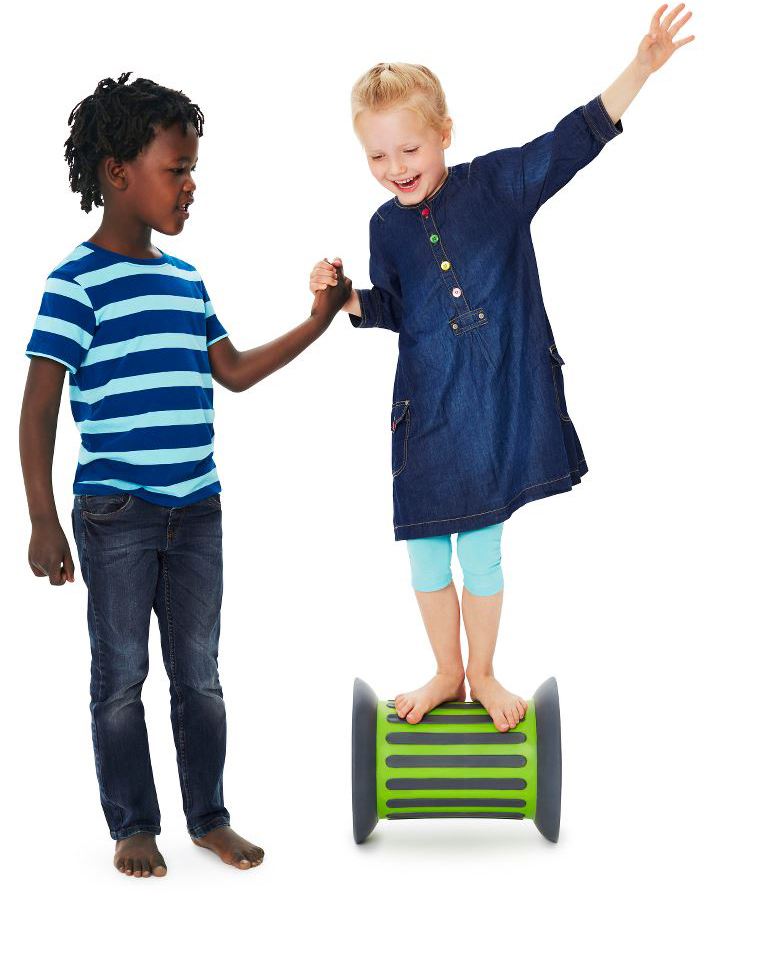
The sheer joy of doing something for the first time is a fantastic feeling everyone will recognize. For children, the feeling is often associated with motor skills; learning to crawl, walk, clap hands, tie shoe laces, etc.
When we observe a child as he or she learns something new, the joy of succeeding in the endeavours is visible and tangible. We share the child's joy over his or her new conquest. We praise the child for his or her efforts and respond to their pleasure and enthusiasm. Some children find it difficult to make such new conquests. While success brings more success, a child is easily disheartened by failure. A single failure may set off a negative spiral, in which the child loses faith in his or her own abilities and capacity to learn.
Children who have experienced failure may be introverted and easily becom upset and hesitant to take part in activities that are new to them. If not encouraged to break the negative spiral, the child's lack of confidence can develop into low self-esteem. The child forms a self-image as "the one who can't and won't do things.
For many children, learning to roll on a Roller is a major challenge. From the outset, standing and walking on a Roller appears to require a great deal of training.






